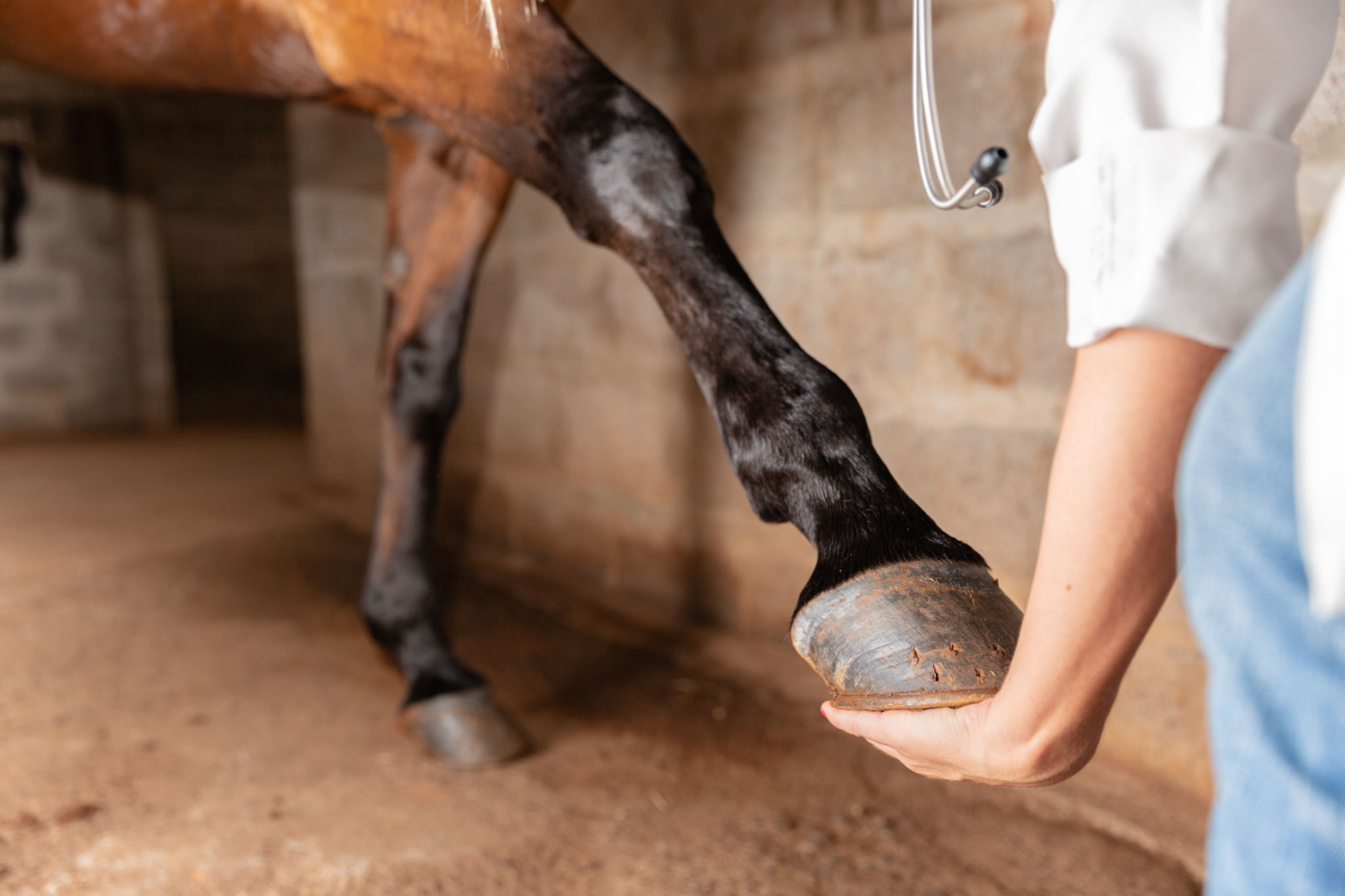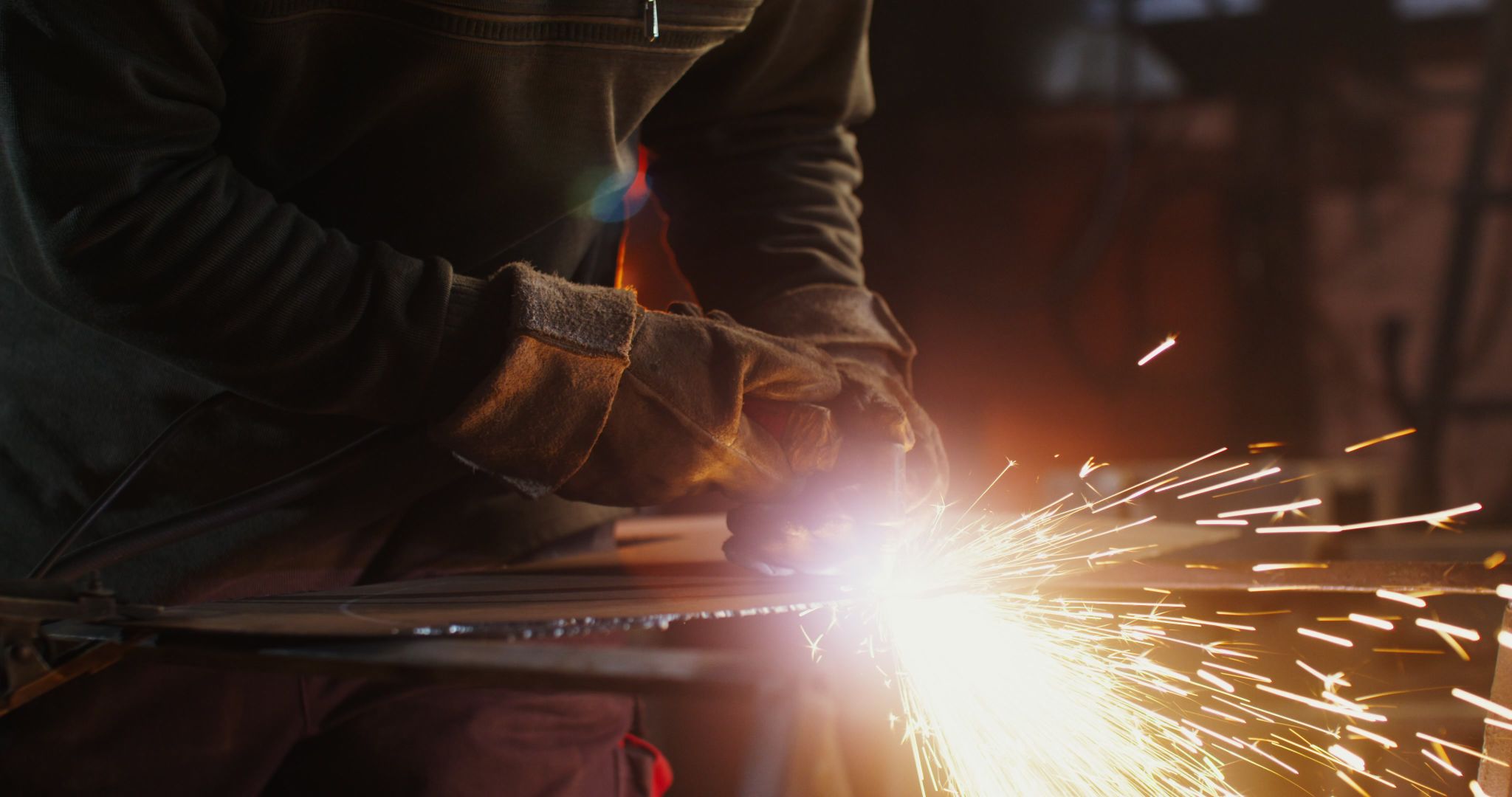Common Hoof Problems: Prevention and Maintenance Tips
Understanding Common Hoof Problems
The hoof is a critical part of a horse's anatomy, and maintaining healthy hooves is essential for the overall well-being of your equine companion. Common hoof problems can lead to discomfort, lameness, and even more serious health issues if not addressed promptly. Understanding these problems and how to prevent them can go a long way in ensuring your horse's health and performance.
Some of the most prevalent hoof issues include thrush, abscesses, cracks, and laminitis. Each of these conditions has different causes, symptoms, and treatment approaches. Knowing what to look out for can help in early diagnosis and effective management.

Preventing Hoof Problems
Regular Hoof Care
A proactive approach to hoof care can prevent many common problems. Regular cleaning and inspection of the hooves should be part of your daily routine. This involves picking out the hooves to remove debris and checking for any signs of damage or infection. Ensuring that your horse stands on clean, dry bedding can also prevent moisture-related issues like thrush.
Proper Nutrition
Nutrition plays a vital role in maintaining healthy hooves. A balanced diet rich in vitamins and minerals supports strong hoof growth. Nutrients such as biotin, zinc, and omega-3 fatty acids are particularly beneficial. Consult with a veterinarian or equine nutritionist to develop a diet plan that meets your horse's specific needs.

Maintenance Tips for Healthy Hooves
Regular Trimming
Regular trimming by a qualified farrier is crucial for maintaining proper hoof shape and function. Most horses require trimming every 4 to 8 weeks, depending on their growth rate and activity level. Neglecting this can lead to overgrown hooves, which can cause imbalance and strain on the horse's legs.
Environment Management
The environment where your horse lives can significantly impact hoof health. Wet or muddy conditions can lead to infections, while hard or rocky surfaces can cause bruising. Provide your horse with a comfortable environment that minimizes stress on their hooves. Using hoof boots during rides on rough terrain can offer additional protection.

- Monitor Hoof Moisture: Balance is key; hooves should not be too dry or too soft.
- Avoid Overfeeding: Excess weight can put unnecessary pressure on the hooves.
- Exercise Regularly: Regular movement promotes healthy circulation in the hooves.
When to Seek Professional Help
Despite your best efforts, there may be times when professional intervention is necessary. If you notice persistent lameness, unusual odors, or any signs of infection, consult with a veterinarian or farrier immediately. Early treatment can prevent minor issues from escalating into more serious problems.
Caring for your horse's hooves requires diligence and attention to detail. By incorporating these prevention and maintenance tips into your routine, you can help ensure that your horse remains healthy and active for years to come.